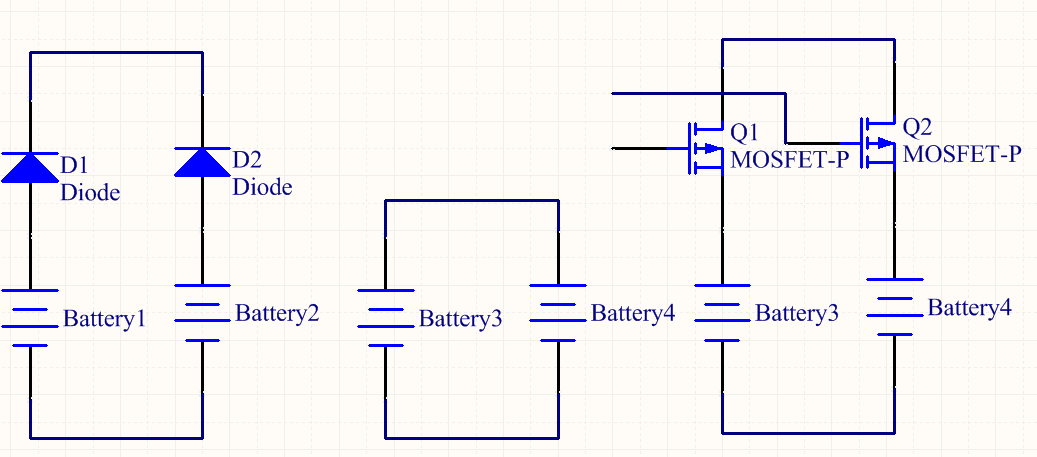Hello all,
I am in the process of trying to design our Li-Ion batteries so that they pass all the requirements necessary to pass the IATA Dangerous Goods Regulations.
Specifically the Lithium Batteries 3.9.2.6 Clause.
The issue I have is for batteries which are setup in a 1S/2P (1 series, 2 parallel) configuration and ensuring that dangerous reverse current flow is prevented. This would mean that there would need to be some protection against each battery charging each other.
I wanted to avoid the use of using diodes on each of the batteries if possible.
I know there are protection IC's for batteries in series which would be perfect however there does not seem to be any protection devices which address the safety issues with batteries in parallel.
Can anyone suggest a protection mechanism for batteries in parallel?
regards
Aaron


